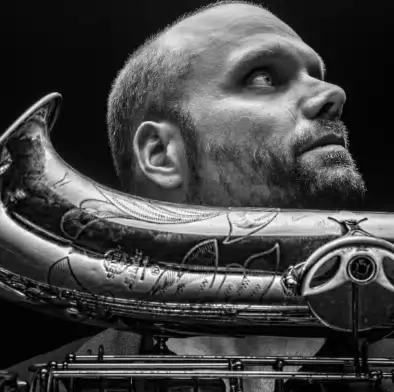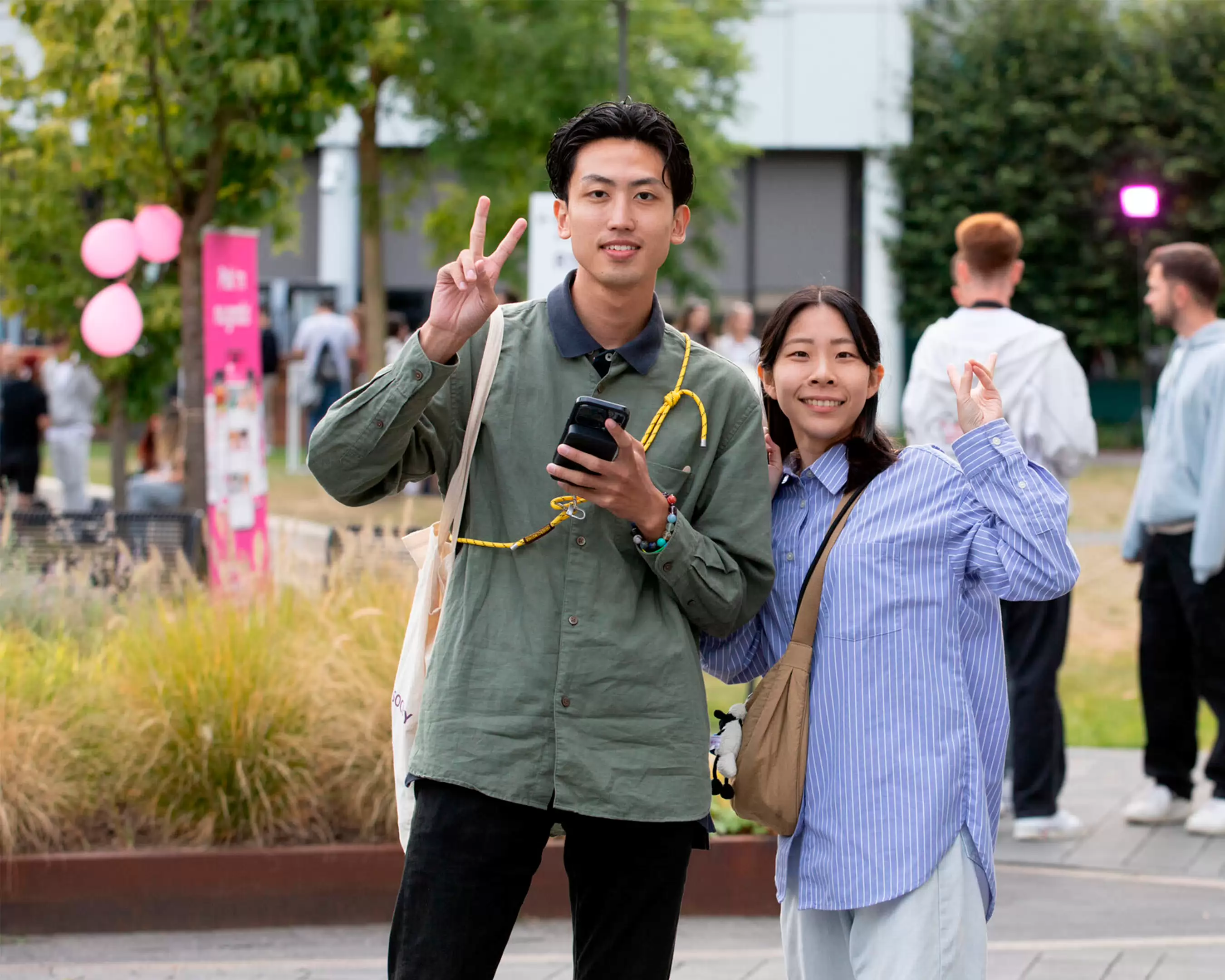
Saxophone
Fontys Conservatory hosts one of the largest international saxophone classes in Europe. It focuses on finding the individual voice of the student, working on a solid basis in technique and music for performances, learning how to act in professional environments, playing chamber music (including a 15-piece saxophone orchestra!) and looking for different influences through international masterclasses by saxophone players and other instrumentalists.
The saxophone teachers at Fontys Conservatory, operating from different perspectives but unified in their love for the instrument, consider the saxophone world to be the forerunner in classical music and convey this in every way to their students. A large number of successful and active alumni from the saxophone class, all operating from their own vision, underline the strength of this concept.
Teacher
Ties Mellema
"I don’t do styles; I play music. Not classical, not jazz, not pop, but any music that speaks to me and is a true expression of something. I am particularly curious about the music that lies between the styles."
Although Ties Mellema is undisputedly a virtuoso on the saxophone, he sees himself first and foremost as a musician. His craft is expressed in his continuous exploration of the outer limits of music. From classical and minimal to improv, funk and jazz – Mellema has inhabited the space between the established styles and disciplines for over 20 years. Whether it’s the false-polyphonic cello suites by Johann Sebastian Bach on baritone saxophone, the monomaniac Gradus by Philip Glass or the extreme free jazz by his hero John Coltrane: Ties always goes in search of the boundaries of disciplines and the possibilities on his instrument.

Audition
Candidates living in the Netherlands, Belgium or Western Germany will have a live audition. Candidates living in other countries will have an online audition.
Duration of the audition is more or less 15 minutes.
The audition programme should include:
- 1 melodic and 2 technical studies of e.g. Klosé, Terschack, or a comparable level.
- 2 recital pieces, of which at least 1 with piano accompaniment, such as Jolivet, Fantasie-Impromptu; Maurice, Tableaux de Provence; Demersseman, Fantaisie; Noda, Improvisation I, II or II; Ibert, Histoires; or a comparable level. Major and Minor scales (melodic and harmonic) up to 4 sharps, staccato, legato, in thirds, and with broken triads in the quickest tempo in which it is possible to play as 'clean' as possible.

